Live Edge Slab Business Workshop – Grafton, Wisconsin
This one-day educational and networking workshop focuses on the business and operational skills needed to successfully operate a small sawmill business producing live edge slabs for high-quality furniture.
The educational topics covered include selecting and sourcing logs, sawing logs for making slabs, sawmilling, drying methods, processing slabs and marketing slabs. Attendees will also learn about various sawmill and woodworking equipment and drying technologies available to manufacture and add value to live edge slabs properly. In addition, there will be on-site slab sawing demonstrations and a dehumidification kiln tour.
Sponsors of this workshop include the Wisconsin Department of Natural Resources (DNR), Urban Wood Network -Wisconsin, Wisconsin Department of Agriculture, Trade and Consumer Protection, University of Wisconsin Madison Extension, U.S. Forest Service Wood Education and Resource Center and North Carolina State University Wood Products Extension.
Who Can Benefit From Attending This Workshop?
- Small sawmill owners and operators
- Woodworkers
- Retail woodworking stores
- Lumber distributors
- Foresters and arborists
Date And time
Thursday, June 9, 2022, 9 a.m.–4 p.m. CDT
Location
Hoppe Tree Service
Arrowhead Rd
1009 Arrowhead Road
Grafton, WI 53024
Cost
$45 Per Attendee
To learn more about this workshop and register, please visit the registration page for the event.
National Firewood Workshop Coming To Wisconsin
Firewood plays a vital role in our state, especially in regions that do not have access to markets for small-diameter logs. This year the National Firewood Workshop will be held in Wisconsin.
The two-day educational and networking event supports the split-firewood industry by hosting business discussions with leading firewood industry professionals and offering outdoor demonstrations of firewood equipment by the leading vendors of the US and Canada.
The topics covered include business management, marketing, splitting and processor equipment, dry kiln equipment, kiln certification, transportation issues, automation, bundle packing and other topics important to a successful firewood operation.
North Carolina State University Wood Products Extension organized the workshop. Sponsors of the workshop include the Wisconsin Department of Natural Resources, U.S Forest Service, University of Wisconsin Madison Extension, Wisconsin Department of Agriculture, Trade and Consumer Protection, the Wood Education and Resource Center of Princeton, West Virginia and the Firewood Scout.
Date and time
Wednesday, June 15, 2022, 9 a.m.–4 p.m. CDT
Thursday, June 16, 2022, 9 a.m.–4 p.m. CDT
Doors open at 8 a.m. each day.
Location
Arlington Ag Research Station
N695 Hopkins Road
Arlington, WI 53911
View map
Cost
$50 Per Attendee
To learn more about this workshop and register, please visit the registration page for the event.
Wisconsin Local Use Dimension Lumber Grading Classes – Woodruff, Wisconsin
May 31, June 1 – 2, 2022
Due to a larger classroom becoming available, we are able to add a few spots for each day. To register for one of these courses, please visit this webpage.

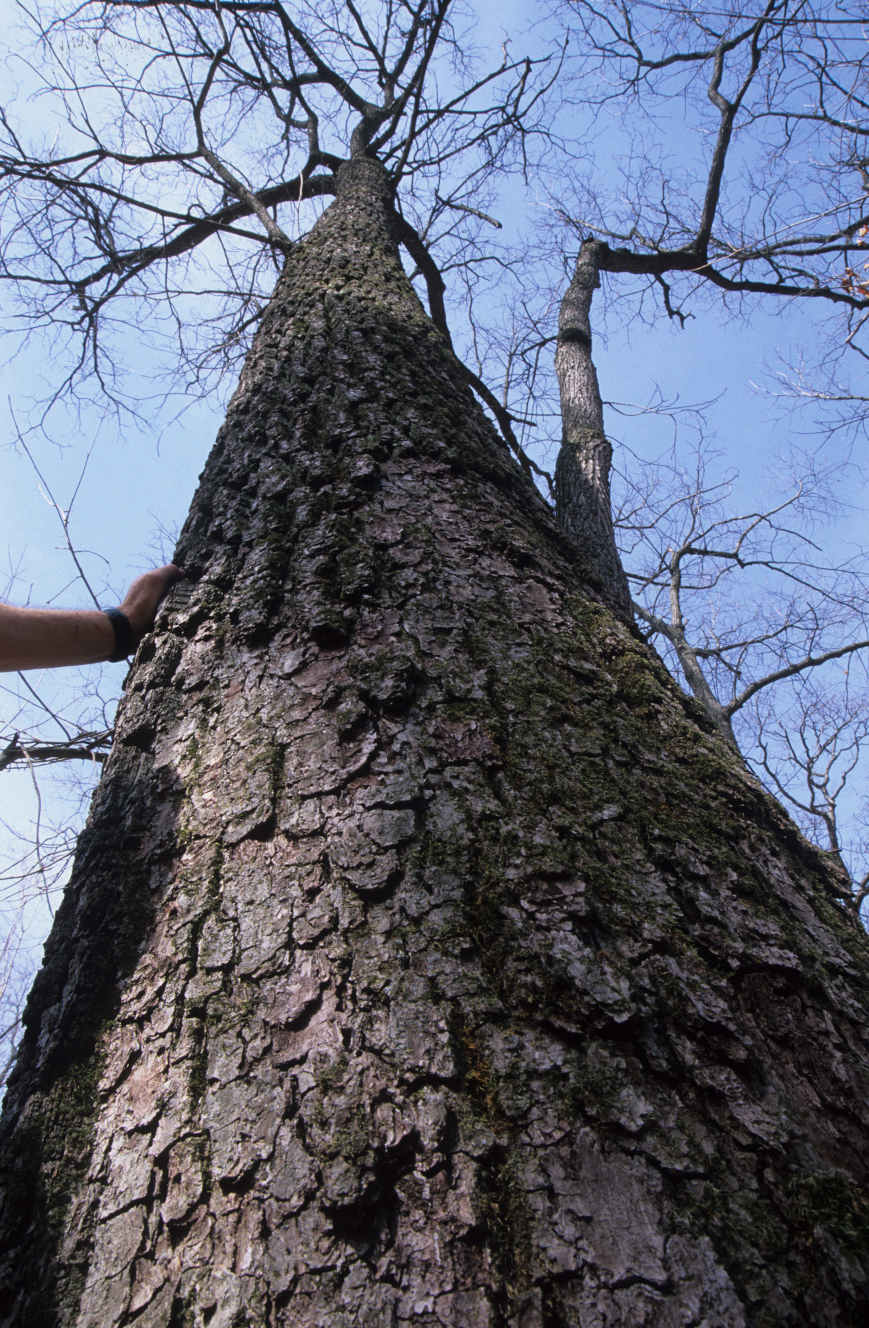
 I am very pleased to announce that Abby Krause has accepted the West Regional Urban Forestry Coordinator position. Abby’s first day was April 11, and she is based in Eau Claire.
I am very pleased to announce that Abby Krause has accepted the West Regional Urban Forestry Coordinator position. Abby’s first day was April 11, and she is based in Eau Claire. We wish Sara Minkoff the best as she retires following a seven-year career at the Wisconsin Department of Natural Resources (DNR).
We wish Sara Minkoff the best as she retires following a seven-year career at the Wisconsin Department of Natural Resources (DNR).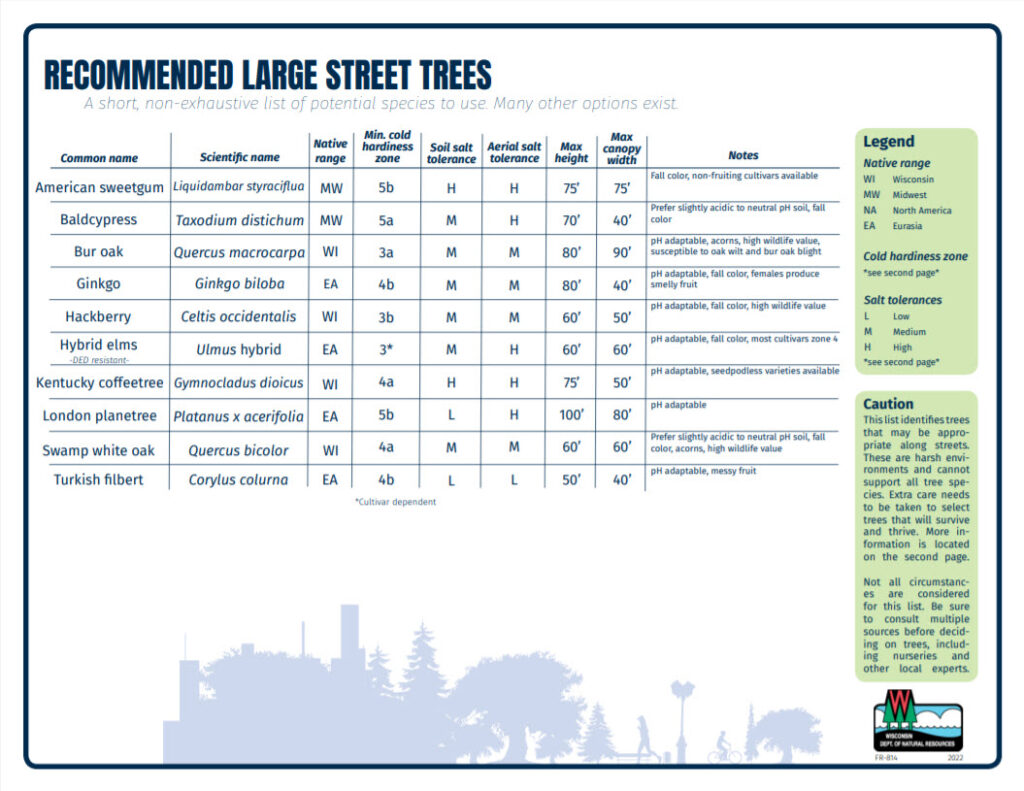
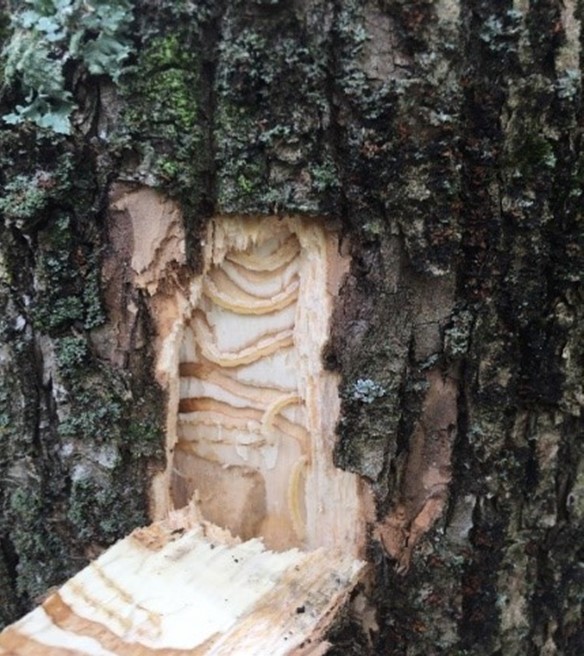
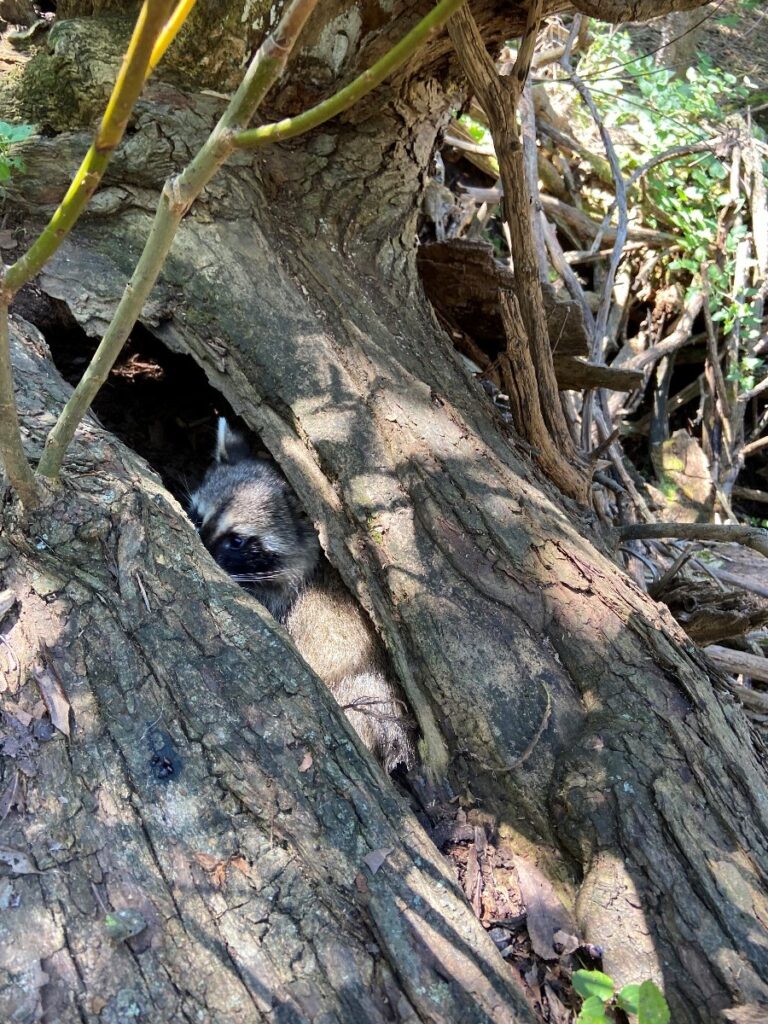 There’s a beloved Calvin and Hobbes strip in which the famous duo unearths routine items (rocks, roots, grubs) while digging a hole, but are nonetheless awestruck by what they found, exclaiming “there’s treasure everywhere!”
There’s a beloved Calvin and Hobbes strip in which the famous duo unearths routine items (rocks, roots, grubs) while digging a hole, but are nonetheless awestruck by what they found, exclaiming “there’s treasure everywhere!”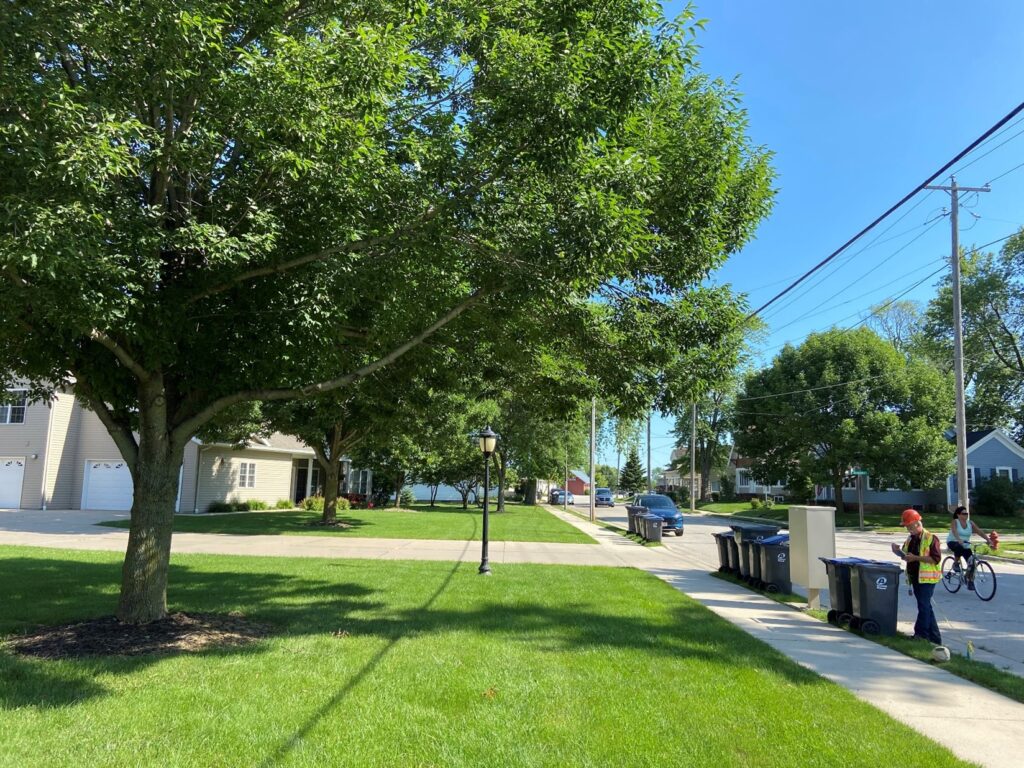 How many sugar maple trees grow in our urban areas? Which species are exhibiting health declines? How many logs can be produced from removed ash trees? What is the carbon storage of urban forests? Where are invasive species most prevalent?
How many sugar maple trees grow in our urban areas? Which species are exhibiting health declines? How many logs can be produced from removed ash trees? What is the carbon storage of urban forests? Where are invasive species most prevalent?